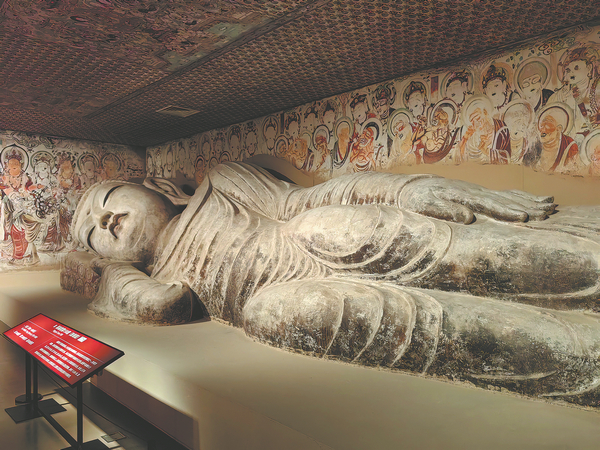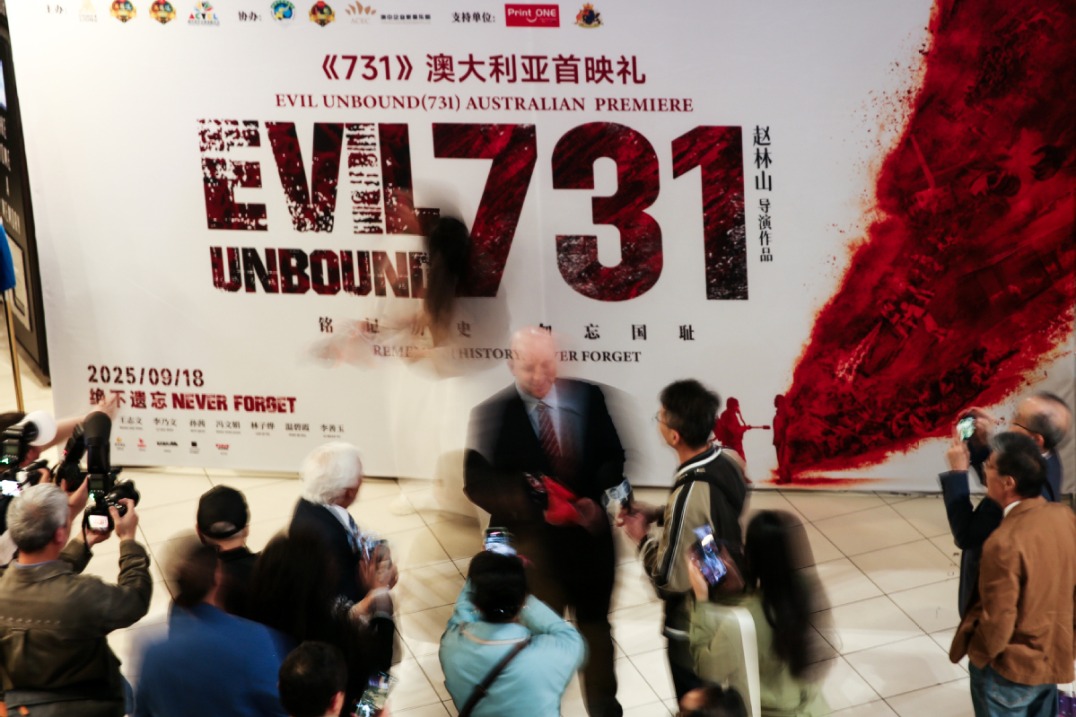Technology shows Mogao Caves in a new light
By Zhang Kun | CHINA DAILY | Updated: 2024-10-11 08:16

"We have brought some of our most cherished artifacts to this exhibition," says Bai Jian, an official of the Gansu Provincial Administration of Cultural Relics. "We have reproduced six caves and, presented an unprecedented large-scale reproduction of frescoes by our predecessor scholars."
Dunhuang was an important crossroad along the ancient Silk Road for centuries, where Han and other ethnic groups melded.
"It held a similar status as today's Shanghai," Bai says. "We hope that by bringing Dunhuang artifacts to Shanghai's wider audiences, it will attract more people to visit Dunhuang in Gansu."
The ancient city of Dunhuang is located in an oasis in the Gobi Desert that served as an important trading center along the ancient Silk Road. From the fourth century to the 14th century, it was also a center for Buddhism, where hundreds of caves were dug with Buddha statues and frescoes built inside. The grottoes, known as the Mogao Caves, were named a UNESCO World Heritage Site in 1987.
























